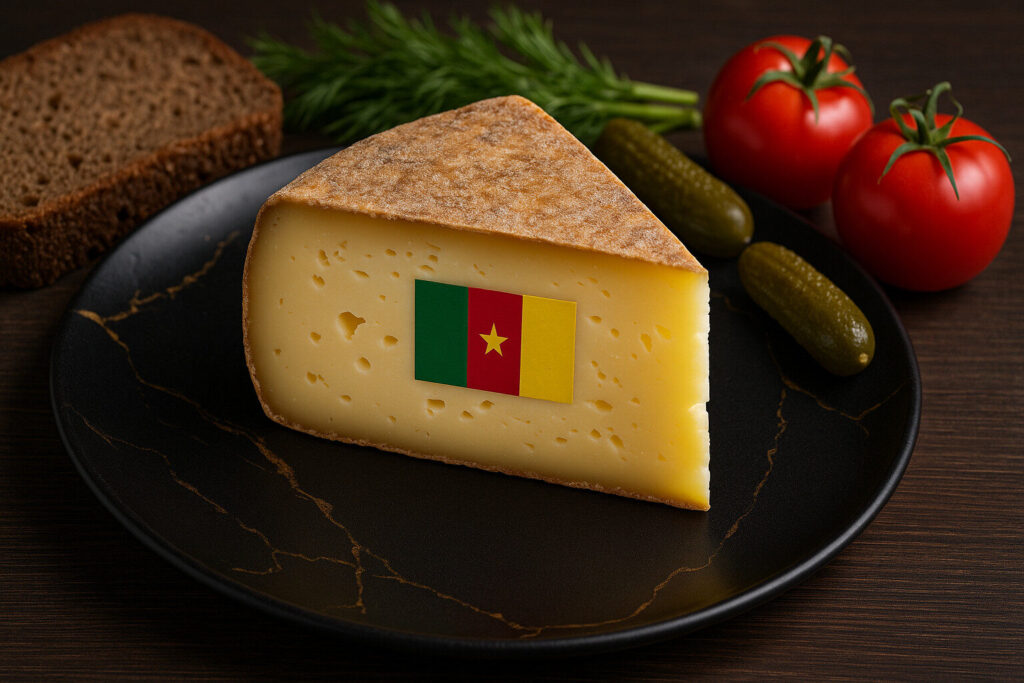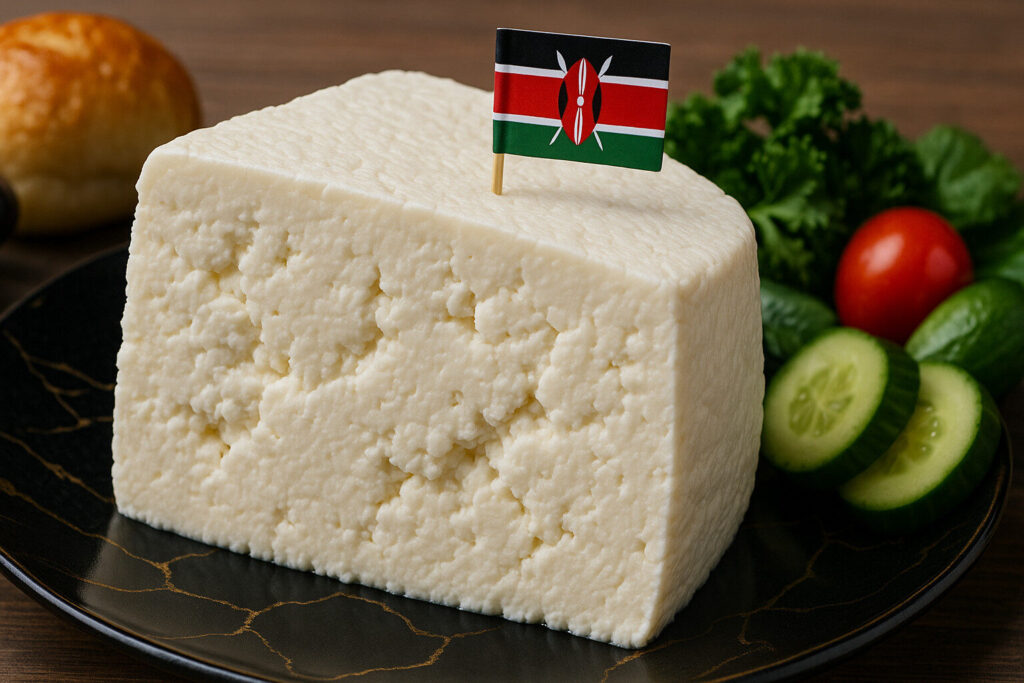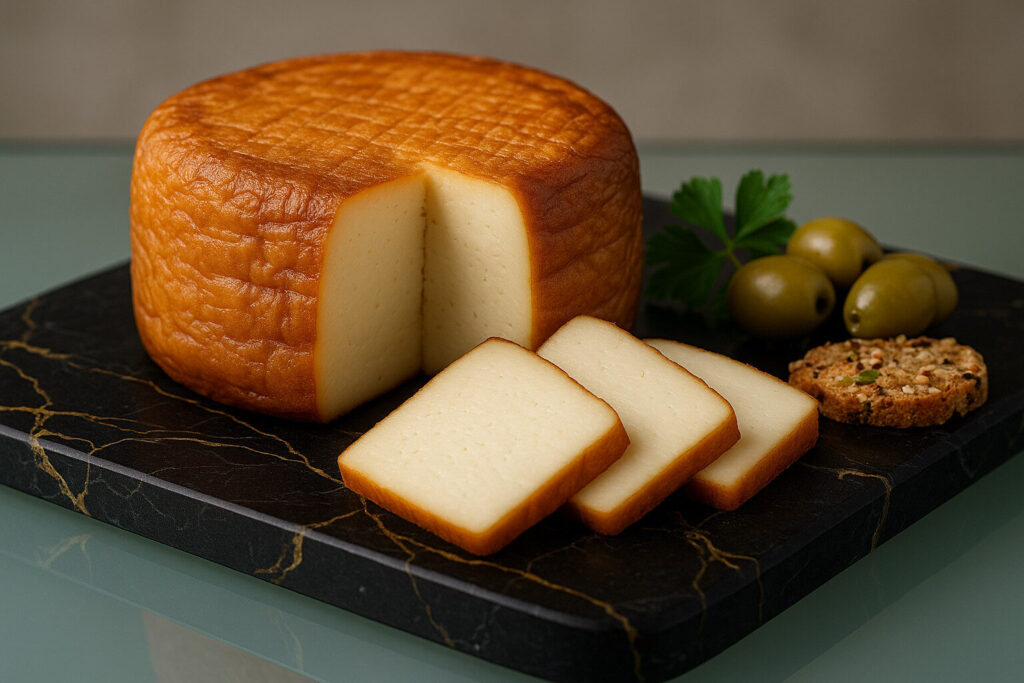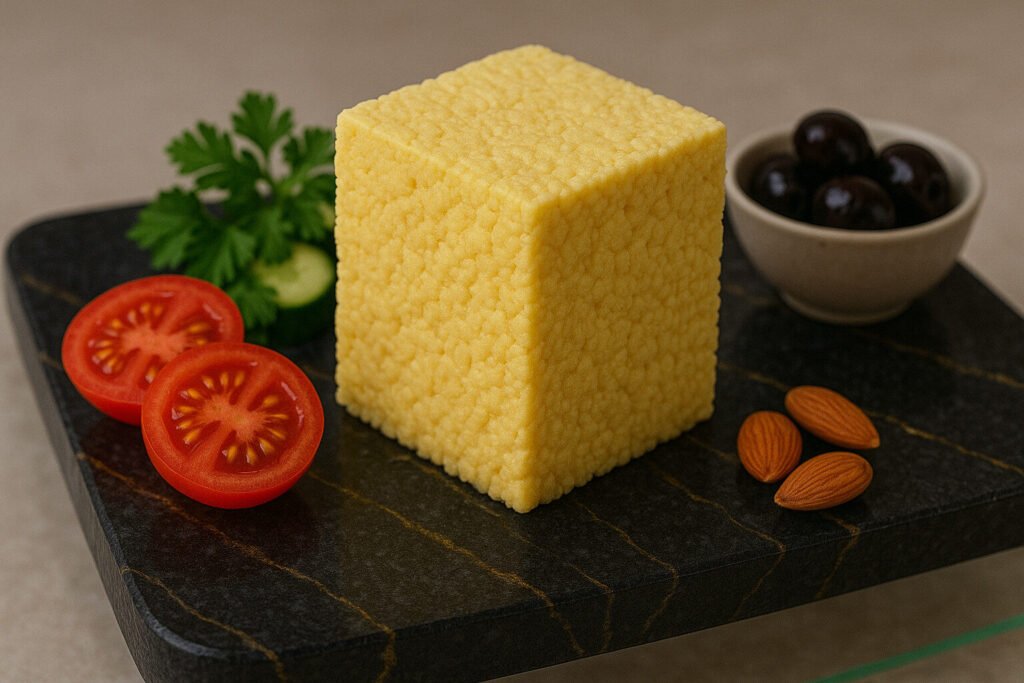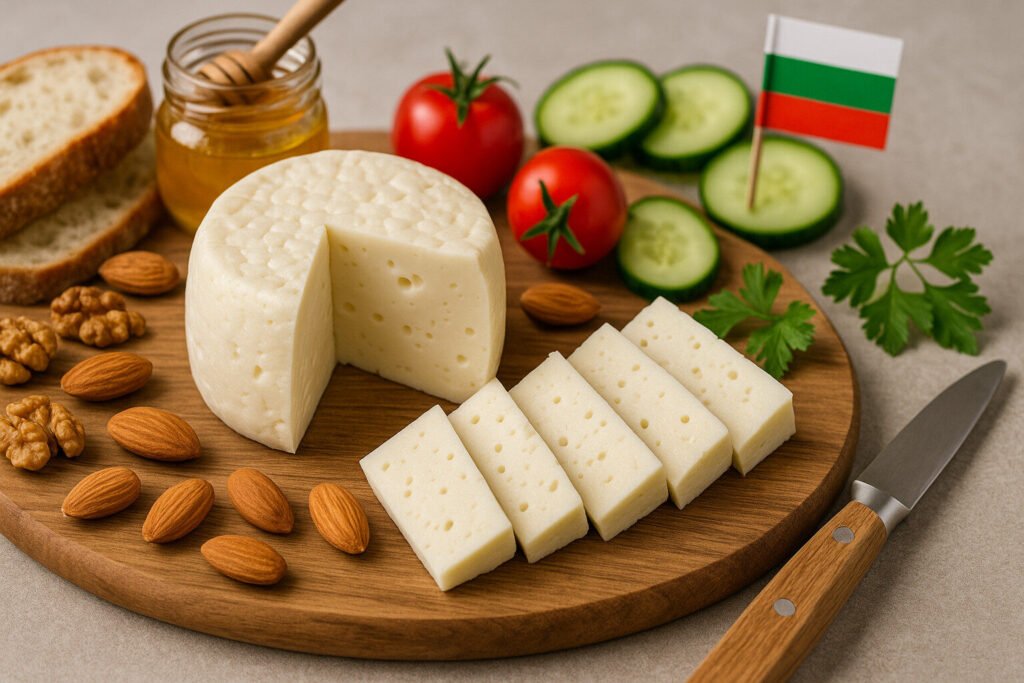Semi-Firm Cheese
Definition and Scope
Semi-firm cheese refers to a category defined by its moderate moisture content and structural integrity. These cheeses typically yield slightly under pressure but maintain their shape when sliced or grated. The texture results from specific production methods that create a pliable yet cohesive body.
This category encompasses cheeses with moisture levels generally between 36% and 45%. Examples include Gouda, Cheddar, and Havarti, which share similar textural properties despite varying flavors. Semi-firm cheeses serve as a distinct classification between soft, spreadable varieties and hard, aged types.
Production Methods
Semi-firm cheeses achieve their texture through controlled cooking and pressing stages. The curds are typically heated to temperatures between 100°F and 110°F to expel whey while retaining moderate moisture. This thermal treatment creates the characteristic springy yet yielding structure.
Pressing times range from several hours to overnight under moderate weights. Aging periods vary from two months to over a year, depending on the desired flavor development. The specific combination of cooking temperature, pressing duration, and aging time determines the final textural qualities.
Sensory Profile
The texture presents as smooth and compact with slight springiness when pressed. Semi-firm cheeses offer clean breaks without crumbling and slice neatly without shattering. They typically exhibit minimal eye formation or small, irregular openings throughout the paste.
Mouthfeel characteristics include smooth dissolution with mild resistance during chewing. These cheeses release flavors gradually rather than immediately melting on the tongue. The balanced moisture content prevents gumminess while maintaining pleasant mastication properties.
Culinary Applications
Semi-firm cheeses demonstrate excellent melting capabilities while maintaining structural integrity. They perform well in cooked applications like grilled sandwiches, casseroles, and pizza toppings. Their sliceability makes them ideal for cheese boards and sandwich preparation.
These cheeses grate efficiently without excessive crumbling, suitable for pasta dishes and salads. Their balanced moisture content prevents oil separation during heating. Semi-firm varieties provide both flavor and textural contrast in composite dishes.
Regional Examples
Dutch Gouda represents a classic semi-firm cheese with its smooth, yellow paste and caramel notes. Young Gouda ages for 4-6 weeks, developing a supple texture that becomes firmer with extended aging. The cheese demonstrates consistent mechanical properties throughout its mass.
English Cheddar varies from semi-firm to firm depending on aging duration, with younger versions showing pliable texture. Spanish Manchego offers a compact yet slightly granular semi-firm paste from sheep’s milk. These regional varieties showcase how different milk types and techniques produce similar textural characteristics.

